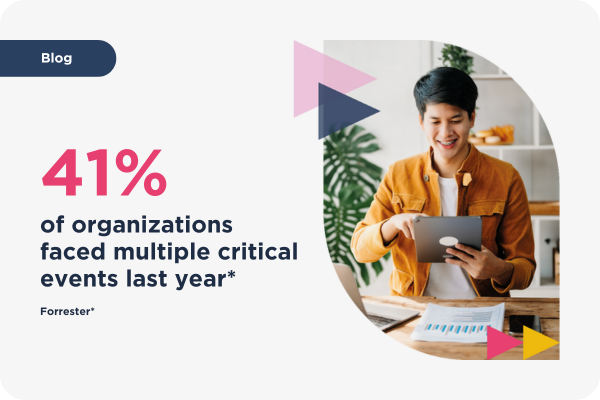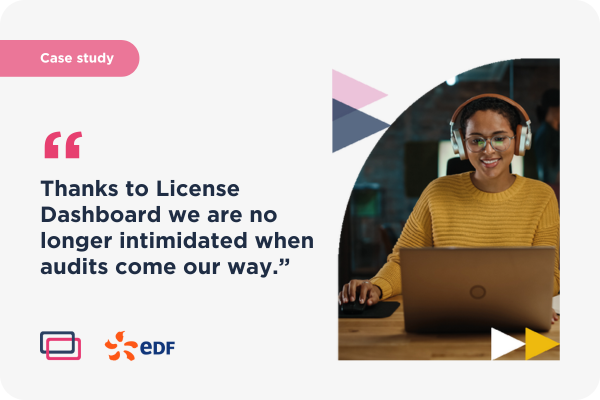What Is Data Normalization?
27th July 2023
Michaela Gray
Blog,
Due to its strategic value, gathering and analyzing data is becoming a top priority for businesses. IT asset management data (ITAM) empowers organizations to identify areas for transformation, reduce costs, and become more efficient. However, without being able to access or read your ITAM data, you can’t measure it or manage it, and your organization needs to be able to do this to gain value from it.

Data normalization is the process of taking raw, often inconsistent data and turning it into readable, uniform information, that can be understood and used by everyone. Put simply, it organises your ITAM data into a clear and accessible format. This process helps to improve the speed, accuracy, and efficiency of the data your organization has access to. But you may be wondering why this is important and what the benefits are. Read on to find out.
Why is data normalization important?
Data normalization is an exceptionally crucial task for organizations to invest in because it makes data analysis easier and ensures that the ITAM data you base your business decisions on is reliable. Without valid data to guide the decision-making process, you could make significant changes, set business goals, and even submit reports that don’t accurately represent the true state of your business, which can be a problem for meeting compliance regulations and achieving economic growth.
The process of data normalization gives you higher quality IT insights by removing duplicate data, resolving any conflicts between different sets of data, and logically grouping relevant sets of data together. It formats your data to make it structured and standardised, resulting in more efficient and accurate data measurement and analysis.
IT and SAM news delivered straight to you
What are the benefits of ITAM data normalization for your business?
While there are many benefits to data normalization, which will also vary between different industries and organizations, the key advantages include:
· More accurate results: consistent and structured data reduces the risk of inaccurate information and human error
· Increased efficiency: data normalisation not only speeds up the analysis and reporting of data, but it also means that learnings from your data can be applied more quickly too leading to faster outcomes
· Better utilization of resources and budget: data normalization frees up storage space within your IT infrastructure, reduces the time spent sorting and analysing data, and optimizes your ITAM costs
· Full and accurate visibility of your organization’s IT assets: to reduce software spend and unused licences
· Uncover and manage unmatched items: giving you greater visibility of potential compliance issues
· Improved data integration: gain insight into where improvements can be made
Data normalization from License Dashboard
Our data normalization tool collects raw data from more than 60 industry recognised inventory tools, extracts the relevant information, and standardises the data in a clear, readable format.
Delivered through our on-premise solution, License Dashboard Universal Data or as a standalone service, it gathers data at scheduled times to remove human error and free up your internal resources. We validate the data currently utilized by multiple areas of your business, helping you to make key strategic business decisions.
Are you ready to start optimizing your ITAM data? Get in touch with our specialists today by booking a 1:1 call below. Alternatively, please email us at [email protected] or call 01904 562200 and one of our specialists will be in touch to discuss your requirements.
Start optimizing your ITAM data nowStart maximising your IT budget now
Arrange a free call with one of our specialists now to find out what changes your organisation should be making to maximise your IT budget in 2023.

















